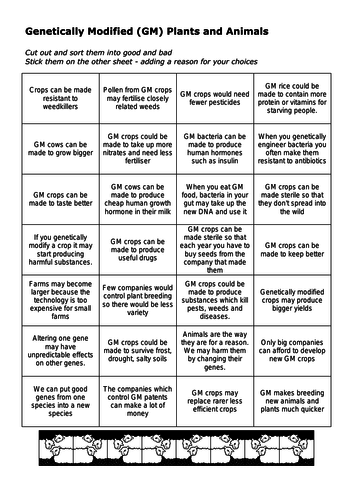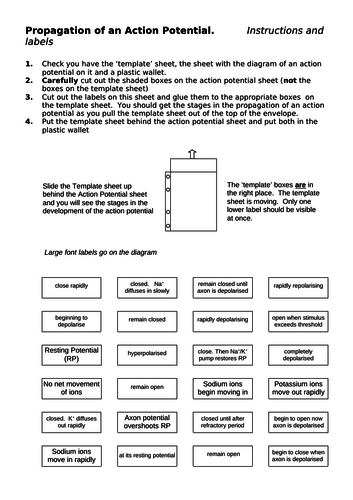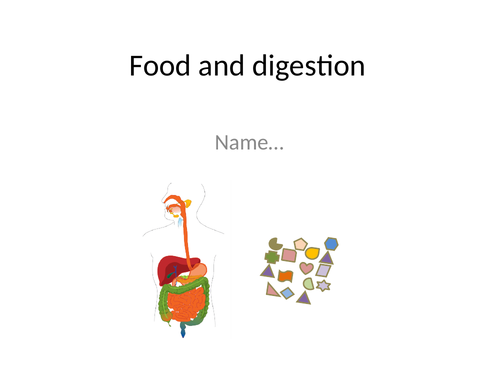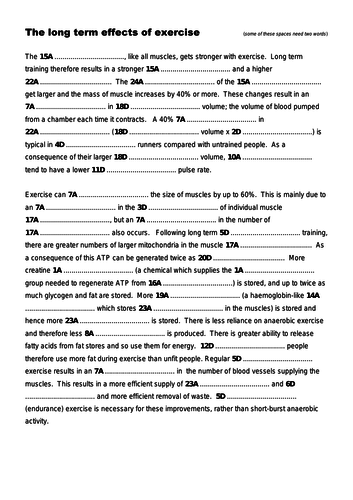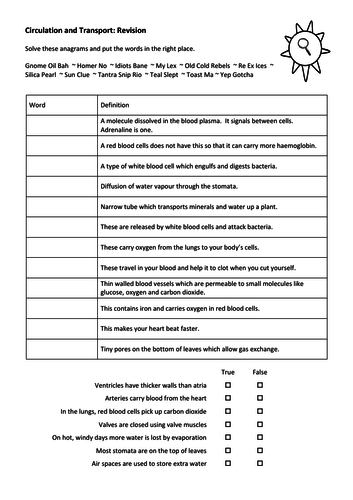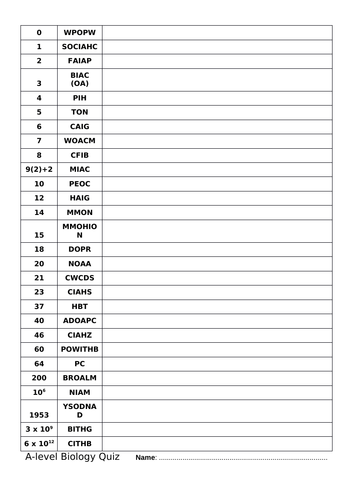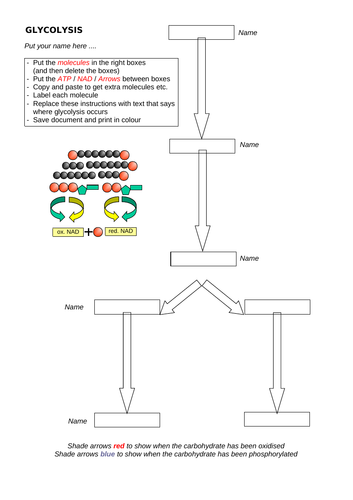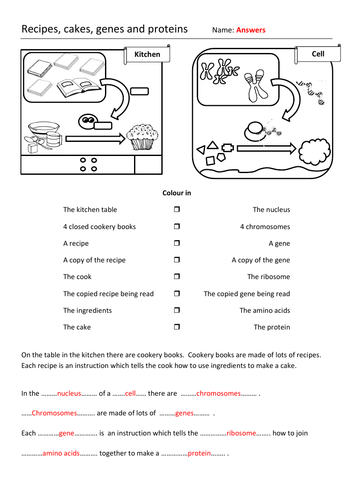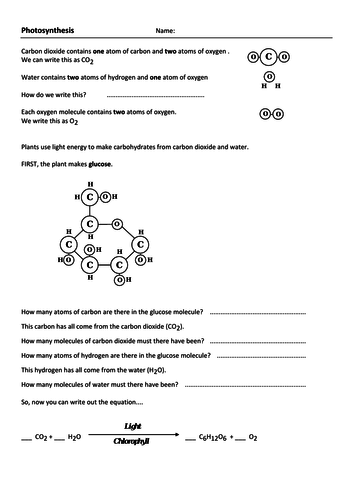68Uploads
30k+Views
34k+Downloads
All resources

Dihybrid crosses, Chi-squared and Mendel
Interactive presentation which takes students through using the chi-squared test to check the significance of results from a dihybrid genetic cross. Uses examples from Mendel’s pea plant experiments. Can be used on a smartboard to reveal each stage after quizzing the students. 6 slides. Written for A-level.
Key words
Dihybrid cross, Inheritance, Sweet peas, Mendel, Chi squared, Genetics

Genetic Modification: Good or bad (Categorising activity)
Students choose from a bank of statements. They categorise the statements as advantages or disadvantages. Different students will take different points of view. They then have to write a sentence to justify each choice. A cut and stick exercise designed to provokes discussion. To complete the activity students must engage with the concepts. There are no ‘right’ answers! 3 pages
Key words
Genetic modification, GM, Ethics, Genetic engineering,

Action potential slider activity (A-level)
Students attach labels in the right place on a template. The template is lifted up behind a diagram of the action potential. One at a time, each stage of the action potential is revealed in windows. It is worth showing students a completed slider (from a distance!) so that they can see what they are aiming for. Craft knives or scalpels best for cutting out the boxes. Answer sheet included. Written to support A-level.
(Big font labels for labelling the diagram; Small font labels are for the voltage gated channel table)
Key words
Action potential, Neurones, Nerves

GCSE Digestion - complete the powerpoint activity
A powerpoint for students to edit and complete. Written as a cover lesson to give fairly disaffected / less able students something a bit more interesting to do than 100 minutes of worksheets. The answer sheet gives suggested extensions for those who finish first / want them. It would work well as a VLE homework activity or as revision.
Key words,
Digestion, Digestive system, Enzymes, Absorption, Excretion

Neurone labelling activity (GCSE)
Students colour in and label diagrams of motor and sensory neurones (nerve cells), identifying the axon, neuromuscular junctions, fatty sheath and dendrites. There are cloze (gap fill) questions alongside the diagrams. 2 pages, with answer sheet

The long term effects of exercise cloze/crossword (A-level)
This is a cloze activity with the words (2D, 24A) linking into a crossword. Covers fitness, heart rate, ATP production, breathing, oxygen uptake and muscle development. 2 pages with an answer sheet. Written to accompany A-level Biology.

GCSE Circulation and Transport Revision Worksheet
Double sided GCSE revision worksheet - Circulatory system and Transpiration.
Anagrams, Join the word to the definitions, True/False, Cloze - a bit of everything, really.
Answer sheet provided.
Key words
Blood, Heart, Xylem, Transpiration, Platelets, Stomata

3 Natural Selection worksheets (Snails, Giraffes, Moths) GCSE
Pond snails:
Worksheet in which students are led through the idea of natural selection - reproduction, inheritance and survival - using pond snails and leeches as an example. 2 pages, accompanied by an answer sheet.
Giraffes:
Students put a variety of facts about giraffes into categories. The categories relate to Darwin’s observations. Students then write a paragraph to explain how longer giraffes’ necks have been selected. Designed to provoke discussion about inheritance, evolution and natural selection. 2 pages with answer sheet.
Peppered moths:
Students put pictures and statements in the correct order to tell the story of natural selection in peppered moths before and after the industrial revolution. Supports learning about genetics, inheritance, predation, camouflage and survival. with answer sheet.

Sexual and Asexual Reproduction Comparison (GCSE)
A double sided GCSE worksheet with answer sheet. Pros and cons of sexual/asexual reproduction.
Recall, Cloze, Free response, short answers.
Strawberries, potatoes, mice, amoebae and gardeners.

A-level Core Biology Revision Quiz
We use this as a christmas revision quiz before Jan A-level trials.
Fun, competitive and a stress buster. Obviously needs reward for 1st completed etc.
0 = WPOPW (Water potential of pure water)
3 = BIAC (OA)
6 = CAIG
etc.

Glycolysis - drag and drop activity
Students edit the Word document to show the stages of glycolysis (oxidation, phosphorylation etc). The molecules are all drawn for them (hexose, glucose, phosphates); they need to copy and put them in the right places. 1 page, accompanied by an answer sheet. Written for A-level students. Works well on VLE as homework but I tend to use it where I can watch what their misconceptions are and deal with them. (‘ctrl d’ doubles an object, which is useful).

Genes and Proteins (Recipe, Cake analogy) GCSE
My lower ability GCSE students struggled distinguishing between genes ‘being’ the protein and genes ‘coding’ for the protein. The language was a barrier - weird, abstract words. This sheet uses a recipe-cake / gene-protein analogy with a bit of colour coding. The students enjoyed it and understood it. (I pointed out that medical students use colouring in to learn anatomy). Answers included

Photosynthesis - Equation & The uses of glucose (GCSE)
Worksheet with questions leading the students on to balance the equation for photosynthesis and then looking at what the glucose is used for in the plant. Double sided accompanied by an answer sheet

Classification - A-level (Powerpoint and two worksheets)
Fully hyperlinked 30-slide powerpoint and two worksheets. Used with A-level students.
Written in frustration at the lack of material available to stretch bright students on this subject; classification and phylogeny. The concepts can be difficult for students from 14-16 yrs but they do engage with them. Designed to generate discussion about some of the more contentious issues involved in classification. Two double-sided worksheets with answer sheets.

Metals, reactivity and extraction worksheet
A wordsearch, colouring, labeling worksheet to engage foundation tier GCSE students. Answer sheet provided.

24 piece DNA, Genes and Chromosomes revision hexagon puzzle
Triangle puzzle on ‘DNA, genes and chromosomes’ where students match sentence fragments to construct a large hexagon. It is a revision activity which works across the ability range and is enjoyed by students. Weaker students need hints! It could be used for groups of three, and it works well as a race. An answer sheet is provided. Written to support A-level Biology.

Nuclear radiation: Self-marking excel spreadsheet/worksheet (GCSE).
This looks at alpha/beta/gamma radiation. An onscreen cloze/labelling activity written in Excel; it ticks each word as students get them correct. Students like it because it gives immediate feedback. I’ve used it with all ability groups at GCSE. If you want to work out how it’s done, the password to unprotect it is ‘eliziczac’. Save as a template to stop students overwriting the original. Works well on a VLE.

AQA 9-1 GCSE Physics Equation Cue Cards (Combined Science & Separate)
23 Cue cards which have all the equations which students need to learn for AQA 9-1 GCSE Physics (both Combined Science and Separate Science).
They’ve only got 23 to learn (I resisted the temptation to add a few extra in to fill all 27 cards).
To print: Flip on long edge

Hardy-Weinberg Principle (Powerpoint and three accompanying worksheets - with answers)
A fully illustrated, hyperlinked, animated powerpoint presentation (21 slides) introduces the Hardy-Weinberg principle. Includes assumptions, derivation and three examples: Banded snail, Rhesus and Kuru (a prion disease caused by cannibalism in New Guinea). The word document includes 3 double-sided worksheets and full answer sheets. They were written to accompany the powerpoint. Aimed at A-level students.

AQA Science subject specific vocabulary cue cards
36 Cue cards for AQA 9-1 GCSE Science (and AQA A-level Biology) Subject Specific Vocabulary.
Word on one side, definition from the exam board guidance on the other.
I’ve used them on the VLE.
When printing: flip on short edge


